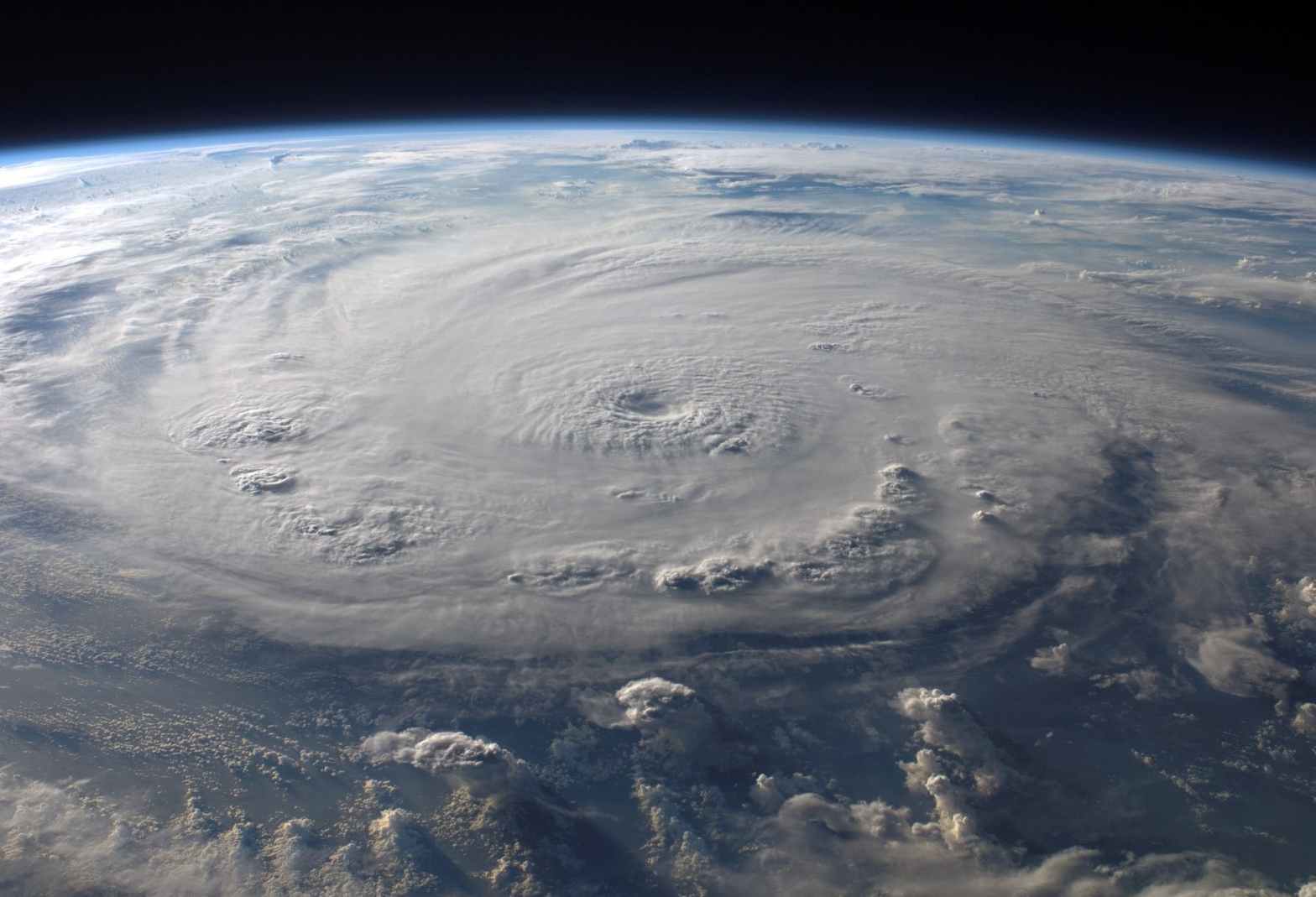Plate Tectonics Keep the Planet Comfortable:
Earth is the only planet in the Solar System with plate tectonics. Basically, the outer crust of the Earth is broken up into regions known as tectonic plates. These are floating on top of the magma interior of the Earth and can move against one another. When two plates collide, one plate will subduct (go underneath another), and where they pull apart, they will allow fresh crust to form.
This process is very important, and for a number of reasons. Not only does it lead to tectonic resurfacing and geological activity (i.e. earthquakes, volcanic eruptions, mountain-building, and oceanic trench formation), it is also intrinsic to the carbon cycle. When microscopic plants in the ocean die, they fall to the bottom of the ocean.
Over long periods of time, the remnants of this life, rich in carbon, are carried back into the interior of the Earth and recycled. This pulls carbon out of the atmosphere, which makes sure we don’t suffer a runaway greenhouse effect, which is what happened on Venus. Without the action of plate tectonics, there would be no way to recycle this carbon, and the Earth would become an overheated, hellish place.

Earth is Mostly Iron, Oxygen and Silicon:
If you could separate the Earth out into piles of material, you’d get 32.1 % iron, 30.1% oxygen, 15.1% silicon, and 13.9% magnesium. Of course, most of this iron is actually located at the core of the Earth. If you could actually get down and sample the core, it would be 88% iron. And if you sampled the Earth’s crust, you’d find that 47% of it is oxygen.
70% of the Earth’s Surface is Covered in Water:
When astronauts first went into the space, they looked back at the Earth with human eyes for the first time. Based on their observations, the Earth acquired the nickname the “Blue Planet:. And it’s no surprise, seeing as how 70% of our planet is covered with oceans. The remaining 30% is the solid crust that is located above sea level, hence why it is called the “continental crust”.
knowledge knowledge knowledge knowledge knowledge knowledge knowledge knowledge knowledge knowledge knowledge knowledge knowledge knowledge knowledge knowledge knowledge knowledge knowledge knowledge knowledge knowledge knowledge knowledge knowledge knowledge knowledge knowledge knowledge knowledge knowledge knowledge knowledge knowledge knowledge knowledge knowledge knowledge knowledge knowledge knowledge knowledge knowledge knowledge knowledge knowledge knowledge knowledge knowledge knowledge knowledge knowledge knowledge knowledge knowledge knowledge knowledge knowledge knowledge knowledge knowledge knowledge knowledge knowledge knowledge knowledge knowledge knowledge knowledge knowledge knowledge knowledge knowledge knowledge knowledge knowledge knowledge knowledge knowledge knowledge knowledge knowledge knowledge knowledge knowledge knowledge knowledge knowledge knowledge